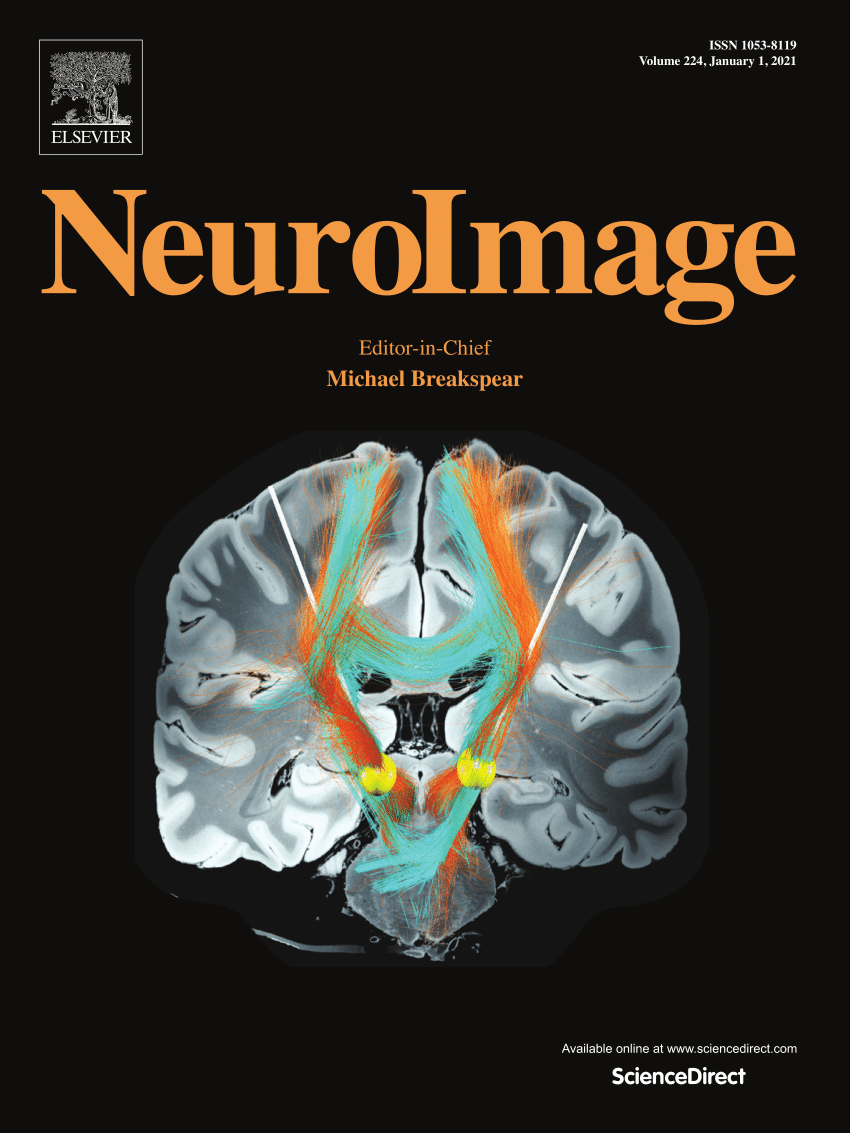Different oscillatory mechanisms of dementia-related diseases with cognitive impairment in closed-eye state
IF 4.7
2区 医学
Q1 NEUROIMAGING
引用次数: 0
Abstract
The escalating global trend of aging has intensified the focus on health concerns prevalent among the elderly. Notably, Dementia related diseases, including Alzheimer's disease (AD) and frontotemporal dementia (FTD), significantly impair the quality of life for both affected seniors and their caregivers. However, the underlying neural mechanisms of these diseases remain incompletely understood, especially in terms of neural oscillations. In this study, we leveraged an open dataset containing 36 CE, 23 FTD, and 29 healthy controls (HC) to investigate these mechanisms. We accurately and clearly identified three stable oscillation targets (theta, ∼5 Hz, alpha, ∼10 Hz, and beta, ∼18 Hz) that facilitate differentiation between AD, FTD, and HC both statistically and through classification using machine learning algorithms. Overall, the differences between AD and HC were the most pronounced, with FTD exhibiting intermediate characteristics. The differences in the theta and alpha bands showed a global pattern, whereas the differences in the beta band were localized to the central-temporal region. Moreover, our analysis revealed that the relative theta power was significantly and negatively correlated with the Mini Mental State Examination (MMSE) scores, while the relative alpha and beta power showed a significant positive correlation. This study is the first to pinpoint multiple robust and effective neural oscillation targets to distinguish AD, offering a simple and convenient method that holds promise for future applications in the early screening of large-scale dementia-related diseases.
与痴呆症相关的疾病在闭眼状态下出现认知障碍的不同振荡机制。
全球老龄化趋势不断加剧,老年人普遍存在的健康问题日益受到关注。值得注意的是,与痴呆症相关的疾病,包括阿尔茨海默病(AD)和额颞叶痴呆症(FTD),严重损害了患病老年人及其护理人员的生活质量。然而,人们对这些疾病的潜在神经机制仍不甚了解,尤其是在神经振荡方面。在这项研究中,我们利用包含 36 例 AD、23 例 FTD 和 29 例健康对照(HC)的开放数据集来研究这些机制。我们准确而清晰地确定了三个稳定的振荡目标(θ,∼5Hz;α,∼10Hz;β,∼18Hz),这些目标有助于通过统计和机器学习算法分类来区分AD、FTD和HC。总体而言,AD 和 HC 之间的差异最为明显,而 FTD 则表现出中间特征。θ波段和α波段的差异表现出全球性的模式,而β波段的差异则集中在中颞区。此外,我们的分析表明,相对θ功率与迷你精神状态检查(MMSE)得分呈显著负相关,而相对α和β功率则呈显著正相关。这项研究首次精确定位了多个稳健有效的神经振荡目标来区分注意力缺失症,提供了一种简单方便的方法,有望在未来应用于大规模痴呆症相关疾病的早期筛查。
本文章由计算机程序翻译,如有差异,请以英文原文为准。
求助全文
约1分钟内获得全文
求助全文
来源期刊

NeuroImage
医学-核医学
CiteScore
11.30
自引率
10.50%
发文量
809
审稿时长
63 days
期刊介绍:
NeuroImage, a Journal of Brain Function provides a vehicle for communicating important advances in acquiring, analyzing, and modelling neuroimaging data and in applying these techniques to the study of structure-function and brain-behavior relationships. Though the emphasis is on the macroscopic level of human brain organization, meso-and microscopic neuroimaging across all species will be considered if informative for understanding the aforementioned relationships.
 求助内容:
求助内容: 应助结果提醒方式:
应助结果提醒方式:


